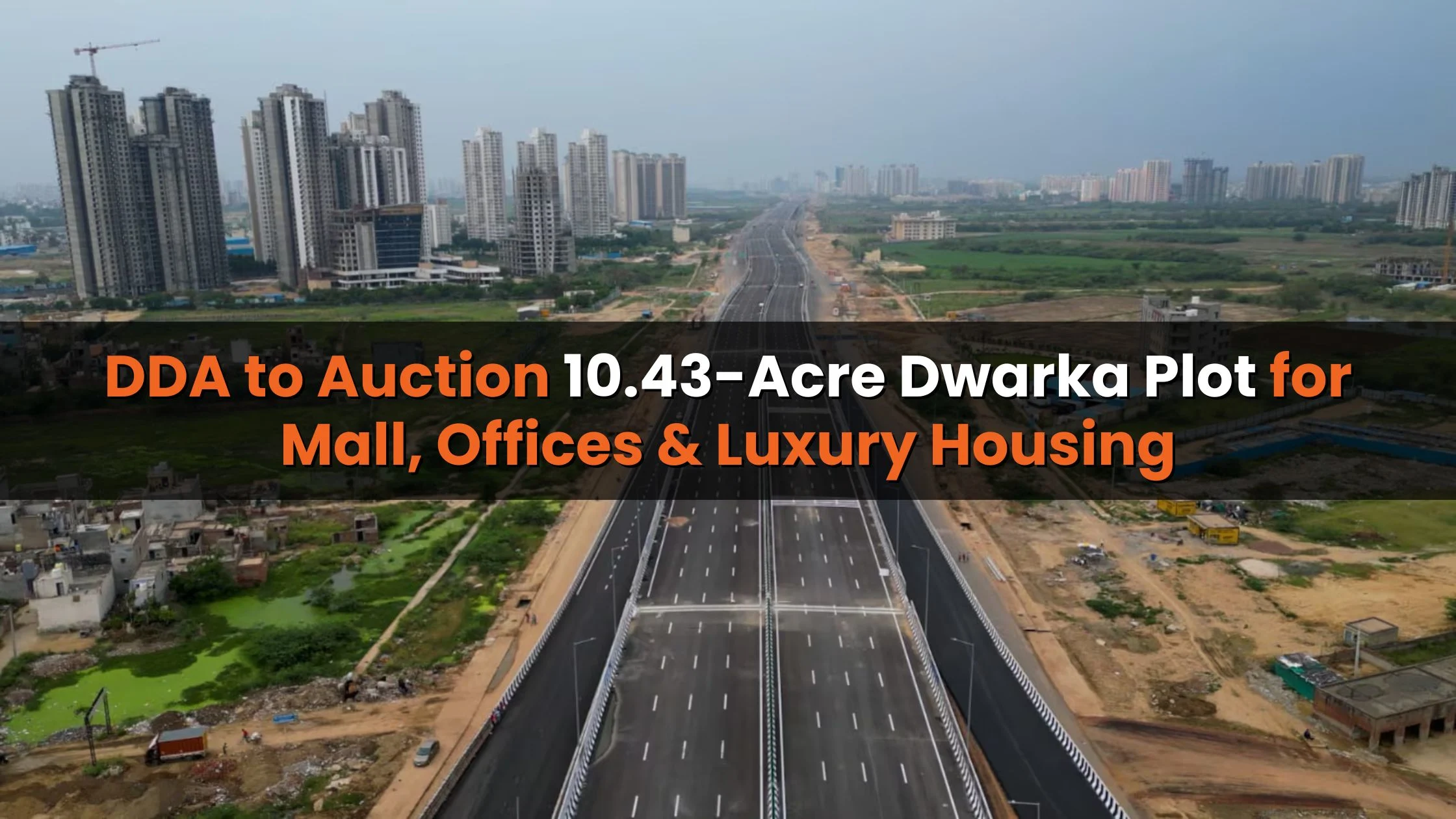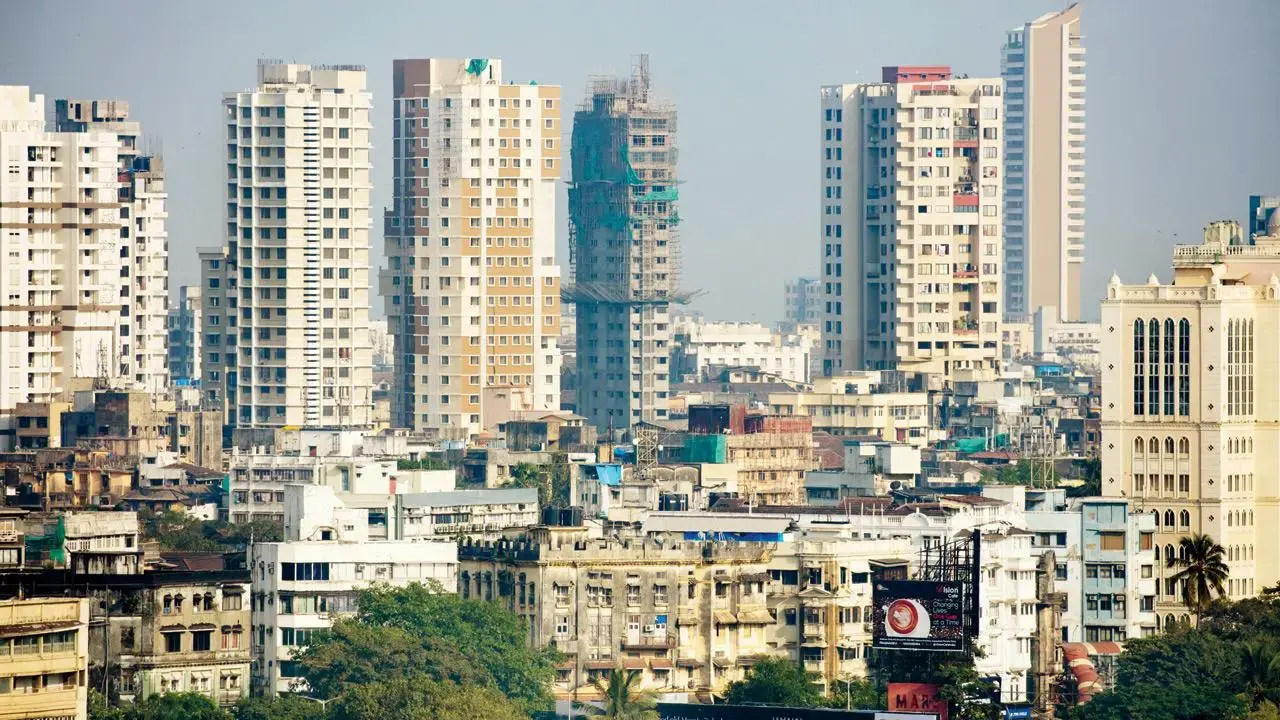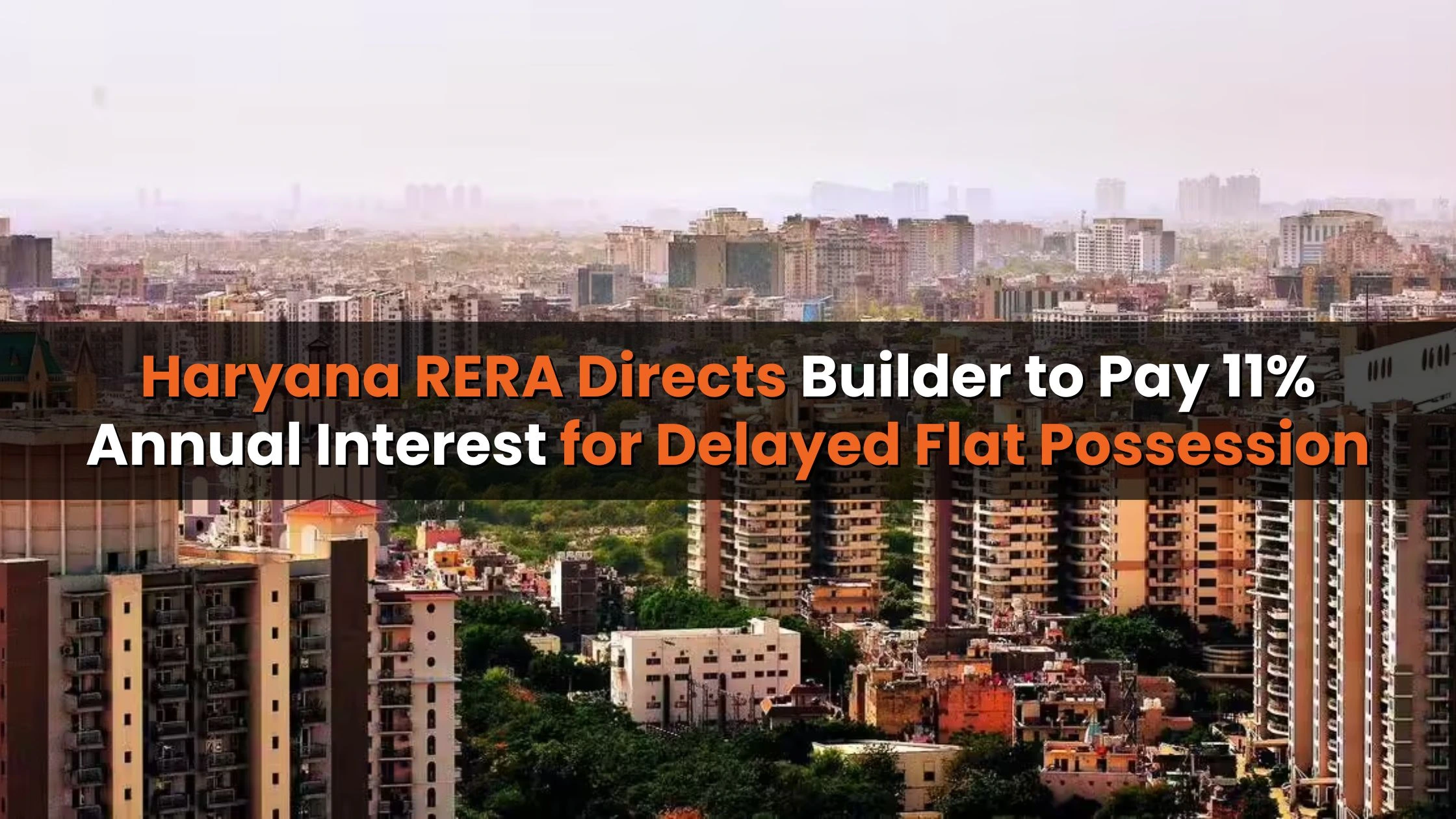Table of Content
The Upper Ganga Canal (UGC) Expressway is a transformative infrastructure project designed to enhance connectivity and economic development across Uttar Pradesh and Uttarakhand. This expressway is expected to improve travel efficiency, facilitate industrial growth, and significantly impact real estate in the region. With an estimated completion date of November 2025, this project is set to be a game-changer in urban and suburban development.
Overview of the Upper Ganga Canal (UGC) Expressway
The Upper Ganga Canal (UGC) Expressway is a high-speed corridor spanning 147.8 km, running parallel to the Upper Ganga Canal. The expressway will connect several major cities, including Noida, Greater Noida, Ghaziabad, Meerut, Muzaffarnagar, and extend up to Purkazi, which is 90 km from Dehradun.
Key Features of the Expressway
| Feature | Details |
| Total Length | 147.8 km |
| Development Authority | Uttar Pradesh Expressways Industrial Development Authority (UPEIDA) |
| Number of Lanes | 8 |
| Estimated Cost | ₹8,719 crore |
| Expected Completion | 11/1/2025 |
| Additional Link Expressway | 68.5 km (connecting Meerut Airport & DFC Terminal) |
This expressway will be an access-controlled, high-speed roadway featuring 52 underpasses and 7 rail-over-bridges (ROBs) to ensure smooth traffic flow.
Also Read: Ghaziabad Property Owners: Settle 2024-25 Tax Now or Face Penalties
Route of the Upper Ganga Canal (UGC) Expressway
The Upper Ganga Canal (UGC) Expressway will start from Sanauta Bridge in Bulandshahr, passing through Gautam Budh Nagar, Ghaziabad, Meerut, and Muzaffarnagar, before reaching Purkazi. This well-planned route is strategically aligned to enhance accessibility between the major economic hubs of Western Uttar Pradesh and Uttarakhand.
Impact on Real Estate
The Upper Ganga Canal (UGC) Expressway is expected to revolutionize the real estate sector in Uttar Pradesh and Uttarakhand by improving connectivity and promoting economic development. Here’s how the project will impact different areas:
1. Noida & Greater Noida
- The expressway will reduce travel time between Noida and Dehradun from over six hours to 4.5 hours.
- Increased accessibility will boost demand for residential, commercial, and mixed-use projects.
- Real estate prices in Greater Noida have already witnessed a growth trend, averaging ₹7,411 per sq ft, while Noida has seen prices soar to ₹15,000 per sq ft.
2. Ghaziabad
- The high-speed corridor will strengthen Ghaziabad’s connection to Noida, Meerut, and Muzaffarnagar.
- Areas like Wave City, Siddharth Vihar, Ahinsa Khand, and Crossing Republik have seen property appreciation of over 100% in the last five years.
- Suburban areas like Dasna will attract new township developments and affordable housing projects.
3. Meerut
- The expressway will enhance Meerut’s connectivity to Noida, Ghaziabad, Muzaffarnagar, and Dehradun.
- A 23.5 km link road will connect Meerut to the Dedicated Freight Corridor (DFC) terminal and the upcoming Meerut Airport, making it an ideal location for industrial and residential expansion.
- Meerut’s sports goods, textile, and manufacturing industries will benefit from improved logistics and transportation.
4. Muzaffarnagar
- Muzaffarnagar, a key trade hub in Western Uttar Pradesh, will benefit from better logistics, reduced transportation costs, and new real estate opportunities.
- Areas like New Mandi, Almaspur, and Sujroo are emerging as prime real estate investment destinations.
- Integrated township projects like Numax are expected to modernize Muzaffarnagar’s urban landscape.
5. Bulandshahr
- As the starting point of the expressway, Bulandshahr will see a surge in industrial activity and residential demand.
- Proximity to Greater Noida and Ghaziabad will make it an attractive destination for business parks, logistics hubs, and housing projects.
- The city is poised to become an emerging real estate hotspot in the coming years.
Economic and Infrastructural Developments
The Upper Ganga Canal (UGC) Expressway will not only enhance real estate opportunities but also contribute to the economic and infrastructural development of Uttar Pradesh and Uttarakhand.
- Boost to Tourism & Hospitality: Improved connectivity to Haridwar and Dehradun will promote religious tourism and adventure tourism, increasing demand for hotels, resorts, and commercial spaces.
- Industrial Expansion: The expressway will attract warehousing, logistics, and manufacturing sectors, fueling job creation.
- Agricultural Trade Growth: Farmers will benefit from easier transportation of goods, reducing logistical costs.
Challenges & Project Timeline
The project was initially launched in 2013 but faced delays due to land acquisition issues and environmental concerns. Originally planned along the Hindon River, the route was relocated to the Upper Ganga Canal in 2009, shortening its length by 80 km.
After years of delays, the project is back on track and is expected to be completed by November 2025.
Conclusion
The Upper Ganga Canal (UGC) Expressway is a landmark infrastructure project poised to redefine connectivity and economic growth in Western Uttar Pradesh and Uttarakhand. By reducing congestion, improving travel efficiency, and promoting industrial and real estate development, this expressway is set to become a catalyst for progress.
For investors and homebuyers, the Upper Ganga Canal (UGC) Expressway presents a lucrative opportunity to explore high-growth real estate markets in Noida, Greater Noida, Ghaziabad, Meerut, Muzaffarnagar, and Bulandshahr. With improved accessibility, rising property values, and strong government backing, this corridor is a prime investment destination for the future.
Also Read: Housing Sales Grow by 2% in Q1 2025 Across Top 8 Cities Amid Sustained Demand

 (1)_1743751828.webp)



_1764657403.webp)


Ans 1. The Upper Ganga Canal Expressway is a 147.8 km long, 8-lane access-controlled expressway being developed in Uttar Pradesh to improve connectivity between cities like Noida, Greater Noida, Ghaziabad, Meerut, Muzaffarnagar, and Purkazi near Dehradun.
Ans 2. The project is being developed by the Uttar Pradesh Expressways Industrial Development Authority (UPEIDA).
Ans 3. The expressway is estimated to cost ₹8,719 crore and is expected to be completed by November 2025.
Ans 4. Total Length: 147.8 kmLanes: 8Underpasses: 52Rail Over Bridges (ROBs): 7Link Expressway: 68.5 km connecting Meerut Airport & DFC Terminal
Ans 5. The expressway begins from Sanauta Bridge in Bulandshahr and passes through Gautam Budh Nagar, Ghaziabad, Meerut, Muzaffarnagar, ending at Purkazi, near the Uttarakhand border.
Ans 6. It will:Reduce travel time to Dehradun from 6 to 4.5 hoursBoost residential and commercial demandSupport rising property rates (e.g., ₹7,411/sq ft in Greater Noida, ₹15,000/sq ft in Noida)
Ans 7. Ghaziabad will benefit from:Enhanced connectivityGrowth in areas like Wave City, Siddharth Vihar, Crossing RepublikReal estate appreciation and affordable housing in nearby Dasna
Ans 8. Meerut will enjoy:Stronger links to NCR and DehradunIndustrial expansion due to the Dedicated Freight Corridor (DFC) connectionGrowth in real estate and logistics sectors
Ans 9. The expressway is expected to:Boost tourism, especially in Haridwar and DehradunEnhance industrial growth and job creationImprove agricultural logistics and market access for farmers
Ans 10. The project faced delays due to land acquisition and environmental concerns. Initially planned along the Hindon River, it was later rerouted along the Upper Ganga Canal in 2009, which reduced its length by 80 km.